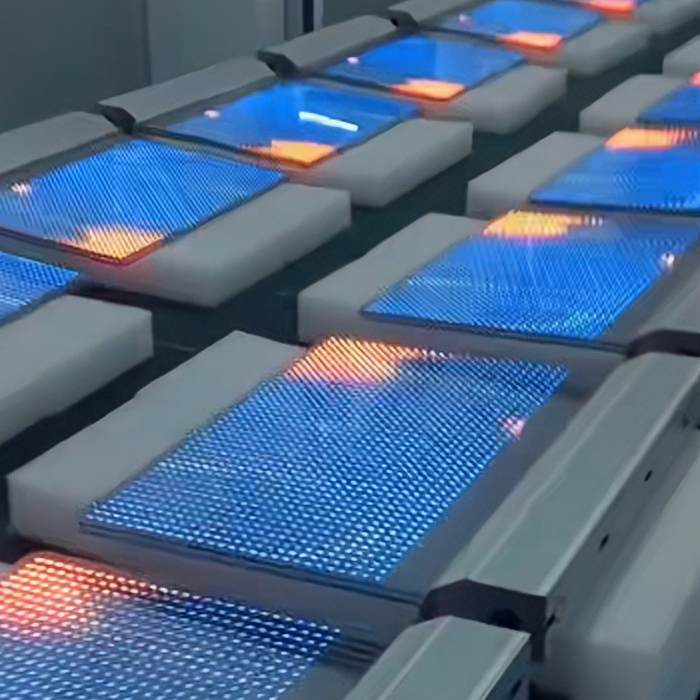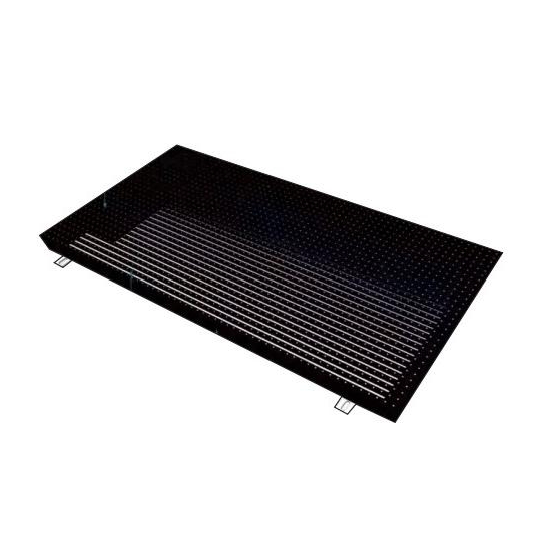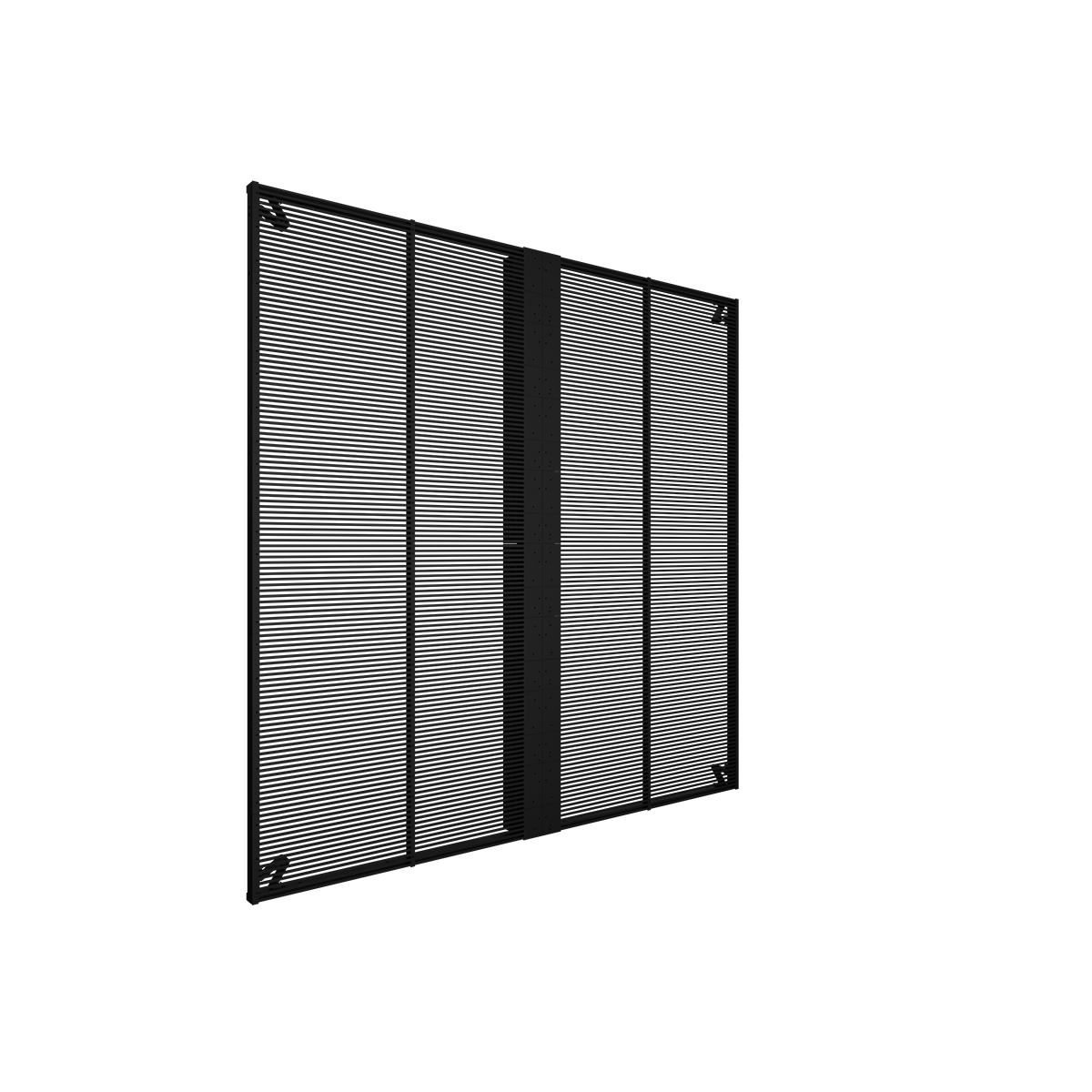In the realm of modern display technologies, MIP LED displays have emerged as a significant innovation, offering unparalleled brightness, clarity, and versatility across various applications. This article provides a comprehensive introduction to MIP LED displays, exploring their technical specifications, advantages, applications across industries, maintenance considerations, and regulatory aspects.
What are MIP LED Displays?
MIP (micro-inorganic polymer) LED displays represent a cutting-edge advancement in display technology, characterized by their use of micro-inorganic polymers to enhance pixel performance and overall display quality. Unlike traditional LED displays, which rely on organic materials, MIP LED displays integrate inorganic materials that contribute to improved durability, efficiency, and visual fidelity.
How do MIP LED Displays Differ from Other Types of LED Displays?
Compared to conventional LED displays, MIP LED displays offer several distinct advantages. Their utilization of inorganic materials enhances their resistance to degradation from prolonged exposure to light and environmental factors, making them suitable for both indoor and outdoor applications. Additionally, MIP LED displays typically exhibit higher brightness levels and superior color accuracy, crucial for applications demanding vibrant and clear visuals.
Technical Specifications and Features of MIP LED Displays
Resolution Capabilities of MIP LED Displays
MIP LED displays are renowned for their exceptional resolution capabilities, providing various pixel pitch options tailored to different viewing distances and applications. High-definition (HD) and ultra-high-definition (UHD) variants ensure that content appears crisp and detailed, whether viewed up close or from a distance.
Brightness Levels and Viewing Angles
One of the key strengths of MIP LED displays is their impressive brightness levels, which ensure visibility even under direct sunlight or bright indoor lighting conditions. This attribute makes them ideal for outdoor advertising, sports arenas, and transportation hubs where visibility in varying lighting conditions is critical. Moreover, MIP LED displays maintain consistent viewing angles, ensuring that content remains clear and readable from various perspectives.
Energy Efficiency and Environmental Impact
Despite their high brightness capabilities, MIP LED displays are engineered for energy efficiency. Their use of inorganic materials not only enhances durability but also contributes to reduced power consumption compared to traditional LED displays. This energy-efficient design aligns with environmental sustainability goals, making MIP LED displays a preferred choice for environmentally conscious applications.
Applications of MIP LED Displays
Industries and Sectors Where MIP LED Displays Are Commonly Used
MIP LED displays find widespread use across diverse industries due to their versatility and performance advantages. They are prominently employed in:
Advertising and Marketing: Outdoor digital billboards and signage benefit from MIP LED displays' brightness and durability, ensuring that advertisements are eye-catching and impactful.
Entertainment and Events: Sports arenas and concert venues utilize MIP LED displays to enhance audience engagement with high-definition visuals and real-time information.
Transportation and Public Information: Airports, train stations, and bus terminals leverage MIP LED displays for displaying arrival/departure information, wayfinding, and safety messages.

Specific Use Cases
Outdoor Advertising and Digital Billboards
MIP LED displays excel in outdoor environments where visibility and durability are paramount. Their ability to withstand harsh weather conditions while maintaining excellent brightness and clarity ensures that outdoor advertisements capture the attention of passersby effectively.
Sports Arenas and Stadiums
In sports arenas, MIP LED displays contribute to the immersive spectator experience by delivering live action replays, player statistics, and dynamic advertising content with unparalleled clarity. Their high refresh rates and color accuracy enhance the visibility of fast-paced sporting events.
Transportation Hubs and Public Signage
At transportation hubs, MIP LED displays serve critical functions such as displaying schedules, directional information, and emergency notifications. Their reliability and visibility make them indispensable tools for facilitating efficient passenger flow and enhancing overall safety.
Advantages and Benefits of MIP LED Displays
Comparison with Other Display Technologies (e.g., LCD, OLED)
Compared to LCD and OLED displays, MIP LED displays offer several distinct advantages:
Brightness and Visibility: MIP LED displays are significantly brighter than LCDs and OLEDs, making them suitable for outdoor and high-ambient light environments.
Durability: The use of inorganic materials in MIP LED displays enhances their durability, ensuring a prolonged operational lifespan and reduced maintenance costs compared to organic-based displays.
Cost-Effectiveness: While initial investment costs may vary, the long-term operational efficiency and durability of MIP LED displays often result in a lower total cost of ownership.
Durability and Longevity
MIP LED displays are engineered to withstand the rigors of continuous operation in diverse environments. Their robust construction and resistance to temperature fluctuations, moisture, and dust contribute to an extended operational lifespan, reducing the frequency of replacements and associated costs.
Cost-Effectiveness and Maintenance Considerations
In addition to their durability, MIP LED displays are recognized for their cost-effectiveness. Despite initial setup costs, the efficiency of MIP LED technology in terms of energy consumption and maintenance requirements translates into long-term savings for businesses and organizations.
Challenges and Limitations of MIP LED Displays
Potential Issues
While MIP LED displays offer numerous benefits, they are not without challenges.
Color Accuracy: Achieving consistent color accuracy across large displays can be challenging due to variations in manufacturing and environmental conditions.
Power Consumption: Although energy-efficient, MIP LED displays can consume substantial power, especially at high brightness levels, necessitating careful consideration of power management strategies.
Environmental Factors Affecting Performance
Environmental factors such as temperature, humidity, and exposure to sunlight can impact the performance of MIP LED displays. Proper installation and climate control measures are crucial to optimizing display performance and longevity in outdoor and challenging indoor environments.
Installation and Maintenance Tips for MIP LED Displays
Best Practices for Installation
Successful installation of MIP LED displays begins with comprehensive planning and adherence to best practices.
Site Assessment: Conduct a thorough site survey to evaluate environmental conditions, viewing angles, and accessibility.
Mounting and Alignment: Ensure precise mounting and alignment of display panels to optimize viewing angles and minimize visual distortions.
Maintenance Tips to Extend Lifespan
Routine maintenance is essential for maximizing the lifespan and performance of MIP LED displays.
Cleaning: Regularly clean display surfaces to remove dust, dirt, and debris that can affect visibility and longevity.
Inspection and Calibration: Periodically inspect and calibrate display settings to maintain optimal brightness, color accuracy, and uniformity.
Regulatory and Safety Considerations
Compliance with Industry Standards and Regulations
Manufacturers and installers of MIP LED displays must comply with relevant industry standards and regulations.
Certification Requirements: Ensure compliance with certifications such as CE (Conformité Européenne) and RoHS (Restriction of Hazardous Substances Directive) to meet quality and safety standards.
Local Regulations: Adhere to local building codes and regulations governing the installation of electronic displays to ensure safety and legality.
Safety Precautions for Installation and Use
Prioritize safety measures during the installation and operation of MIP LED displays:
Electrical Safety: Follow proper electrical installation practices to prevent electrical hazards and ensure user safety.
Structural Integrity: Assess structural load-bearing capacities to support the weight and wind load requirements of MIP LED displays, especially in outdoor installations.
In conclusion, MIP LED displays represent the pinnacle of display technology, offering unmatched brightness, clarity, and durability across diverse applications. Their adoption continues to grow in industries ranging from advertising and entertainment to transportation and public information, driven by their superior performance and cost-effectiveness. By understanding their technical specifications, advantages, installation best practices, and regulatory considerations, stakeholders can harness the full potential of MIP LED displays to enhance visual experiences and achieve operational excellence.















